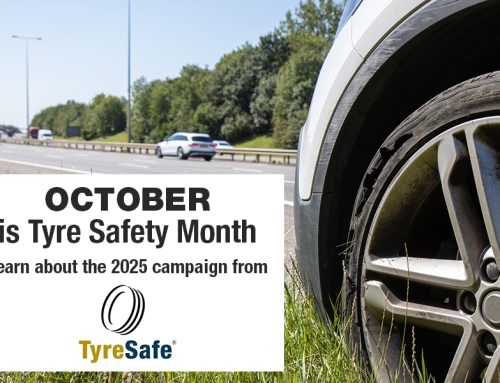What risks are associated with driving?
Driving for work is a high-risk activity for employees – there’s no question about it. Your duty, as the employer, is to do all you can to manage and mitigate the risks involved.
Because you will be expected to prove how you have done this in the event of a road traffic incident, it’s essential that you have a documented driving for work policy as well as a comprehensive driving for work risk assessment example that you can use to demonstrate your organisation’s commitment to driver safety.
What is risk reduction in driving?
Risk reduction is all about understanding the hazards involved in driving for work and assessing what you need to do to best protect the health and safety of your employees and other road users. It starts with an awareness of what makes a good, safe driver, as well as an understanding of the resources and technology available that can help you manage driving risk.
Risk reduction in driving could mean the difference between your driver getting home safe after work – or not. It’s personal – there’s a person in that vehicle with a family that they want to get home to that evening. Every time an employee makes a journey, both their life, and the lives of other road users, are at stake. So, it’s not something that should be taken lightly – driving for work needs to be managed as a health and safety issue, and needs to be a part of a wider safety culture embedded in your organisation.
If you’re looking for resources to help you bring driver safety to the forefront of your organisation’s health and safety strategy, these videos from National Highways’ ‘Vehicles don’t crash – people do!’ conference in 2024 are a great starting point.
What are the emotional conditions that can affect your driving?
There are various driving risks factors that can affect driving. Stress, fear, anxiety and other mental health issues need to be taken into account when considering whether or not someone is fit to drive. They can lead to driver distraction or impaired decision-making, which massively increases risk for anyone on the road.
In fact, driving in an extremely emotional state can be as dangerous as driving while tired. That poses a serious risk to the driver themselves and to anyone else on the roads around them. As an employer, you must ensure that anyone driving for work is fit to drive – and that means you need to understand the risks of poor mental health for drivers.
Because this is so important, National Highways and Driving for Better Business have teamed up with CALM to help you support your drivers through tough times. You can register for free vehicle packs containing materials for drivers to keep in their vehicles so they know who they can call when they need help with any issues they’re facing.
What is the risk assessment of a driver?
The risk assessment of a driver is about identifying the hazards they face, and what you can do as an employer to minimise the risks.
It might refer to a risk assessment for driving company vehicles, or for private vehicles used during working hours – what matters is that if your employees are making a work-related journey during working hours, you have a legal duty of care under Health and Safety Executive rules to minimise the risks created and faced by your employees.
You also need to be able to prove that you have taken this responsibility seriously – that means having a driving for work policy and carrying out a driving for work risk assessment. The free National Highways Driving for Work Policy Builder not only provides a clear and comprehensive template to make sure your policy is fully compliant, but also keeps you up-to-date with any changes to regulations.
What are two ways that you can reduce your driving risk?
Two key ways to reduce your organisation’s driving risk are a driving for work policy and a driving at work risk assessment.
A risk assessment will look at what risks are associated with driving, and plan what actions your organisation will take to reduce these driving risks examples. Remember – it’s your legal responsibility as an employer to manage the risks involved, so completing a risk assessment is a great way to start this process and figure out what additional things you need to be doing. The free government programme, Driving for Better Business, offers an online gap analysis which is a great way to identify your potential risks.
A driving for work policy is your organisation’s way of demonstrating its commitment to managing road risk and protecting driver safety. It’s a comprehensive set of rules, regulations and expectations that both you and your employees can use to guide your driving operations. It needs to be specific to your organisation and its needs. Maybe you manage van drivers, or grey fleet drivers, or HGV drivers, for example. Each brings its own challenges – so your driving for work policy should reflect this.
The best way to be sure that your driving for work policy is both legally compliant and specific to your organisation is by using a Driving for Work Policy Builder. It’s an adjustable framework which covers all the necessary areas, and lets you add on any additional relevant sections as required. You’ll also receive updates when legislation changes, so you can have peace of mind that your driving for work risk management policies are always up-to-date.






